Strangely Yellowing!!!
chueh
13 years ago
Related Stories
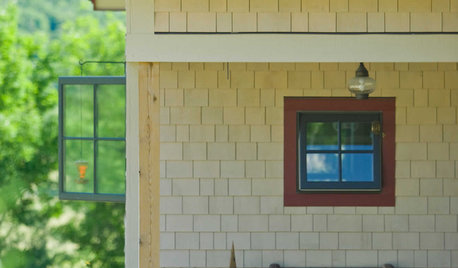
EXTERIOR COLORWhen to Paint Your Home Yellow
Be a cheer leader with this color that captures the sun and radiates a warm welcome
Full Story
COLORWelcome Yellow Around Your Home for an Instant Lift
Keep on the sunny side with shades of yellow from buttery and soft to dynamic and bright
Full Story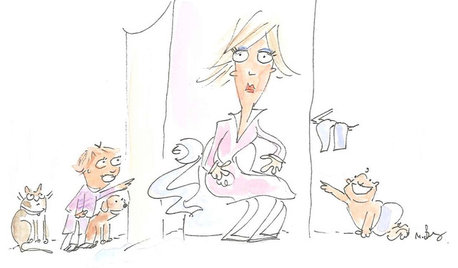
LIFE21 Things Only People Living With Kids Will Understand
Strange smells, crowded beds, ruined furniture — here’s what cohabiting with little monsters really feels like
Full Story
ROOM OF THE DAYRoom of the Day: Bedroom Takes a Creative Approach to A-Frame Design
Rather than fix the strange layout, this homeowner celebrated it by mixing the right materials and textures
Full Story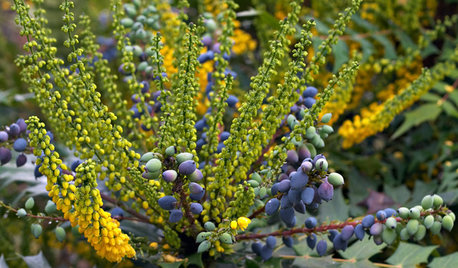
GARDENING FOR BUTTERFLIESGreat Design Plant: 'Charity' Oregon Grape
Giving nectar to hummingbirds and delicious berries to all, 'Charity' is a four-season garden delight that lives up to its name
Full Story
GREENColor Guide: How to Work With Chartreuse
As earthy or electric as you please, this yellow-green hue brings the zing or just freshness to homes from traditional to modern
Full Story
FUN HOUZZHouzz Quiz: What Color Should Your Front Door Be?
Think you’re hip enough for orange? Or optimistic enough for yellow? Take our front-door personality quiz and find out
Full Story
ORANGEColor Guide: How to Work With Red Ocher
Ancient, passionate and warm, red ocher is one of the most elemental colors on earth
Full Story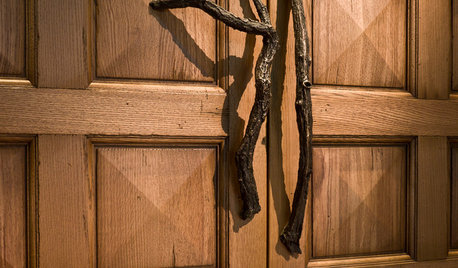
WOODWoodipedia: Make a Solid Choice With Oak
Forget those low-end products of old. Red and white oak today are beautiful, versatile and relatively inexpensive
Full Story
NEUTRAL COLORSColor Combos: Gray and Beige
See how to add colorful personality when pairing two neutral hues
Full StoryMore Discussions







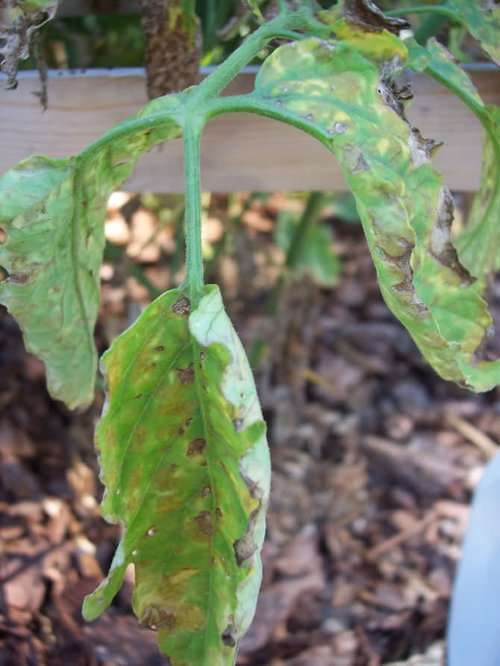


garf_gw
torquill
Related Professionals
Montgomeryville Landscape Architects & Landscape Designers · Saint Louis Park Landscape Architects & Landscape Designers · Wheeling Landscape Architects & Landscape Designers · Bell Gardens Landscape Contractors · Dickinson Landscape Contractors · Elmhurst Landscape Contractors · Fort Mill Landscape Contractors · Las Vegas Landscape Contractors · Munster Landscape Contractors · Norristown Landscape Contractors · Pleasant Hill Landscape Contractors · Vancouver Landscape Contractors · West Haverstraw Landscape Contractors · Delaware County Siding & Exteriors · Manassas Siding & Exteriors